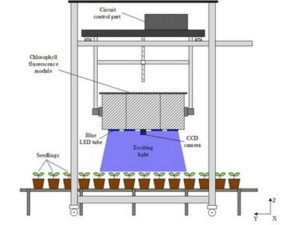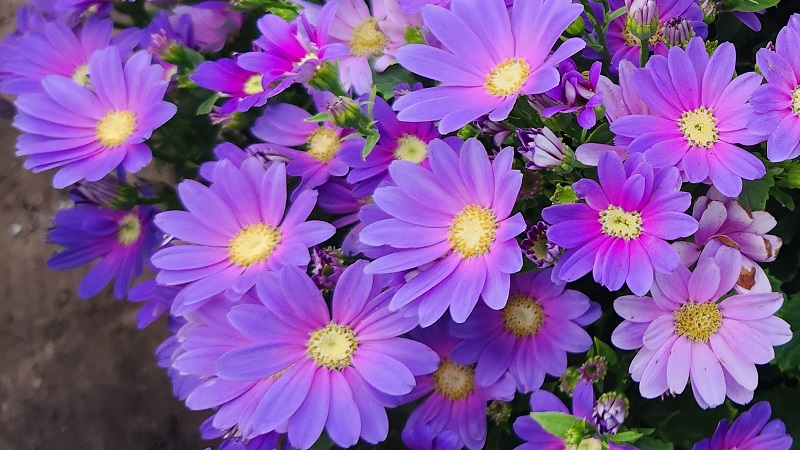Research Sheds Light on How to Manage Plant Stress With High-Tech Imagery

A new fluorescence imaging system uses a large imaging area to provide information about plant health. It is designed for use in greenhouses or in the field and could one day enable farm machinery that automatically responds to plants showing stress. Image Credit: Haifeng Li, Zhejiang University.
The science behind the use of artificial intelligence to monitor and manage greenhouse environmental conditions has been growing quickly, one example being the development of the LUNA system from iUNU.
Now, researchers at Zhejiang University in China have developed a new imaging system that is designed to monitor the health of crops in the greenhouse. According to the research team, the new technology could eventually save growers significant money and time by enabling intelligent agricultural equipment that automatically provides plants with water or nutrients at the first signs of distress. With further development, the system has the potential to be used aboard unmanned aerial vehicles to remotely monitor crops.
A report in The Optical Society’s “Applied Optics” journal outlines how the imaging system detects fluorescence emitted from chlorophyll. Monitoring chlorophyll and how photosynthesis is performed in a plant provides insight into the health and growth of the plants.
In the Optical Society report, researchers led by Xu Liu from Zhejiang University in China detail their new crop imaging system. It can image an area measuring 45 by 34 centimeters, about four times larger than commercially available chlorophyll imagers.
“Most instruments used for chlorophyll fluorescence imaging are only suitable for laboratory use, but we want to develop a system that can monitor crop health in a field or greenhouse,” says Haifeng Li, a member of the research group. “The large detection area of our crop imager brings us closer to that goal.”
In addition to helping growers check crop health, the new system will be helpful for studying how plants respond to changes in growing conditions and for high-throughput phenotyping, an automated method used in crop research and development to analyze how genetic modifications affect plant characteristics such as leaf size or drought resistance in a large number of plants. The technique could also be modified for microscopy, allowing imaging of photosynthesis inside the plant cells.
“Chlorophyll fluorescence imaging has been widely used in academic research,” Li says. “Our system will allow this technique to move beyond the lab, where it can be used to develop and study crops with higher yield, for example.”
Read the full report to learn more.









